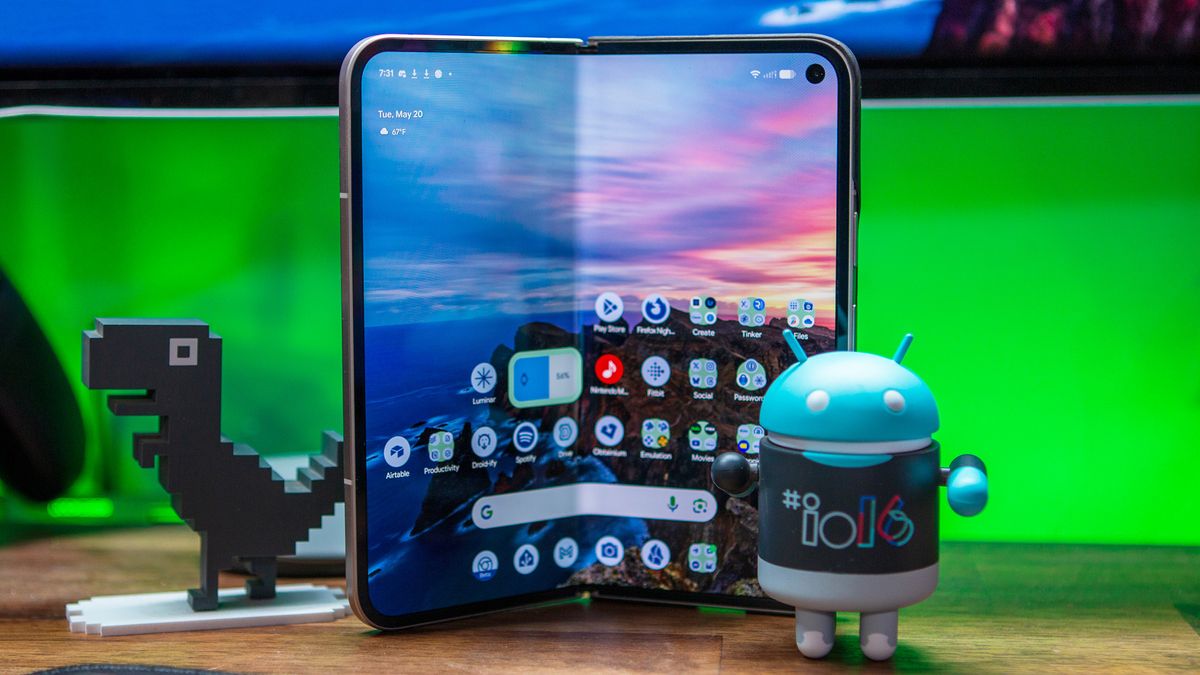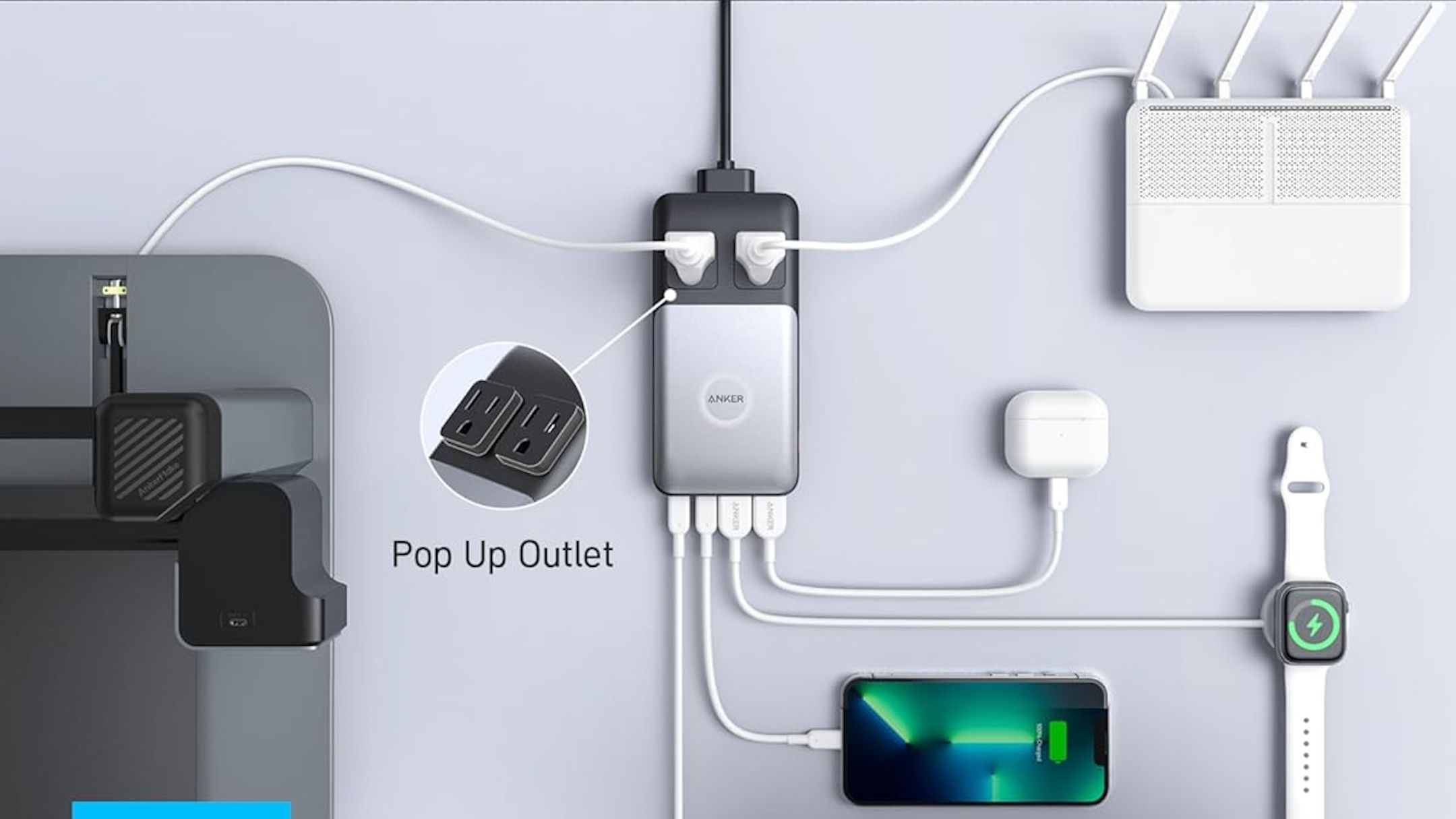 Toyota bZ/Toyota USA
Image used with permission by copyright holder
Toyota bZ/Toyota USA
Image used with permission by copyright holder
Toyota is back in the electric SUV game with the 2026 bZ, a major refresh of its bZ4X that finally delivers on two of the biggest demands from EV drivers: more range and faster charging.
The headline news is the improved driving range. Toyota now estimates up to 314 miles on a single charge for the front-wheel-drive model with the larger 74.7-kWh battery—about 60 miles more than the outgoing bZ4X. All-wheel-drive variants also get a boost, with up to 288 miles of range depending on trim.
Charging speeds haven’t increased in terms of raw kilowatts (still capped at 150 kW for DC fast charging), but Toyota has significantly improved how long peak speeds are sustained. With preconditioning enabled—especially helpful in colder weather—the new bZ can charge from 10% to 80% in about 30 minutes. Also new: Plug and Charge support for automatic payment at compatible stations and full adoption of the North American Charging Standard (NACS), meaning access to Tesla Superchargers will be standard by 2026.
Under the hood, or rather the floor, Toyota has swapped in higher-performance silicon carbide components to improve efficiency and power delivery. The AWD version now produces up to 338 horsepower and sprints from 0–60 mph in a brisk 4.9 seconds.
Toyota didn’t stop at just the powertrain. The exterior has been cleaned up, with body-colored wheel arches replacing the black cladding, and a sleeker front fascia. Inside, a larger 14-inch touchscreen now houses climate controls, giving the dash a more refined and less cluttered appearance. There’s also more usable storage thanks to a redesigned center console.
With the 2026 bZ, Toyota seems to be responding directly to critiques of the bZ4X. It’s faster, more efficient, and more driver-friendly—finally bringing Toyota’s EV efforts up to speed.

Nick Godt has covered global business news on three continents for over 25 years.
I drove 500 miles with Android Automotive, here’s why every car needs it

The worlds of smartphones and cars have long been colliding, as Google and Apple have prioritized building new experiences with CarPlay and Android Auto, respectively, even as carmakers have continued to develop their own infotainment experiences.
Despite the success of Apple CarPlay and Android Auto, both platforms have key issues, namely that they run on top of the car’s operating system, which means they lack the tight integration that yields the best experience and rely on your phone for certain functions. To address these issues, both companies have also been developing operating systems that can power cars.
Uber partners with May Mobility to bring thousands of autonomous vehicles to U.S. streets

The self-driving race is shifting into high gear, and Uber just added more horsepower. In a new multi-year partnership, Uber and autonomous vehicle (AV) company May Mobility will begin rolling out driverless rides in Arlington, Texas by the end of 2025—with thousands more vehicles planned across the U.S. in the coming years.
Uber has already taken serious steps towards making autonomous ride-hailing a mainstream option. The company already works with Waymo, whose robotaxis are live in multiple cities, and now it’s welcoming May Mobility’s hybrid-electric Toyota Sienna vans to its platform. The vehicles will launch with safety drivers at first but are expected to go fully autonomous as deployments mature.
May Mobility isn’t new to this game. Backed by Toyota, BMW, and other major players, it’s been running AV services in geofenced areas since 2021. Its AI-powered Multi-Policy Decision Making (MPDM) tech allows it to react quickly and safely to unpredictable real-world conditions—something that’s helped it earn trust in city partnerships across the U.S. and Japan.
This expansion into ride-hailing is part of a broader industry trend. Waymo, widely seen as the current AV frontrunner, continues scaling its service in cities like Phoenix and Austin. Tesla, meanwhile, is preparing to launch its first robotaxis in Austin this June, with a small fleet of Model Ys powered by its camera-based Full Self-Driving (FSD) system. While Tesla aims for affordability and scale, Waymo and May are focused on safety-first deployments using sensor-rich systems, including lidar—a tech stack regulators have so far favored.
Beyond ride-hailing, the idea of personally owned self-driving cars is also gaining traction. Waymo and Toyota recently announced they’re exploring how to bring full autonomy to private vehicles, a move that could eventually bring robotaxi tech right into your garage.
With big names like Uber, Tesla, Waymo, and now May Mobility in the mix, the ride-hailing industry is evolving fast—and the road ahead looks increasingly driver-optional.
The Ioniq 5 is once again eligible for the $7,500 tax credit

After a brief and confusing absence, the Hyundai Ioniq 5 is once again eligible for the full $7,500 federal tax credit — and this time, it's sticking around (at least for now). So, what happened? Let’s unpack the ride.
The Ioniq 5, a sleek and tech-savvy electric crossover, initially made headlines not just for its design, but for being built at Hyundai’s brand-new Metaplant in Georgia. That domestic assembly qualified it for the EV tax credit under the Inflation Reduction Act (IRA), which requires vehicles to be made in North America with batteries sourced from trade-friendly countries. But early in 2025, the Ioniq 5 vanished from the list. Why? Likely due to its battery packs, which were then still being sourced from SK On’s Hungarian facility.
.png)











 English (US) ·
English (US) ·